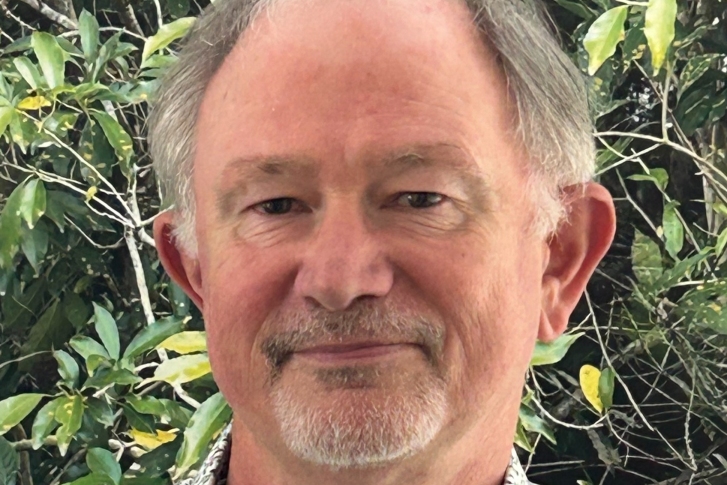NIWA scientists are pioneering a new way of tapping into international expertise through an online specimen identification service of particular benefit to New Zealand's biosecurity.
NIWA'S marine taxonomists identify and describe a wide range of organisms that are found in our coastal and oceanic waters, supplementing their expertise by maintaining strong connections with a network of overseas taxonomists who can help identify unusual or unidentifiable species.
Sometimes such unusual organisms are discovered during surveys for marine pests. Previously these have had to be sent to the overseas experts to determine their identity and, therefore, the risk to New Zealand. This is costly, time-consuming and can result in lost or damaged specimens or hold-ups due to regulatory issues.
However, following a trial of an online microscope, marine biologists at NIWA's Wellington base are now offering a real-time identification service.
The service is primarily being used by the Marine Invasives Taxonomic Service, a centralised marine biosecurity identification programme operated by NIWA for the Ministry for Primary Industries.
NIWA's Programme Leader for marine biosecurity, Graeme Inglis, says the system enables NIWA scientists to link up with other specialists around the world in real time to enable more rapid decision-making about managing potential risks.
"One of the issues we face is the diminishing number of taxonomic specialists around the world so there is a need to strengthen those networks. We need to ensure we retain the ability to tap into this expertise that underpins important decisions about New Zealand's biodiversity and biosecurity.
"So now, if we get a strange looking creature we can ask a specialist anywhere to look at it by putting it in front of the online microscope. That way we get a tentative idea of what we're looking at immediately and then a more comprehensive answer within a few hours," he says.
Specimens sent to Australia for identification typically take between five and seven days, and even in New Zealand sample deliveries can take three to four days between cities. Virtual identification using the online microscope can be obtained within one to two days with significant cost savings, Dr Inglis says.
It works by experts anywhere in the world viewing the image while communicating with the microscope operator via Skype. The specimen can be manipulated to show important diagnostic characteristics to the expert and photographs can be taken at any time by either user.
"It's not ideal for everything as some things need to be dissected or inspected more closely but it is an important new tool for us," Dr Inglis says.
As well as being used to identify potential biosecurity risks, the microscope also has a number of other benefits, including the ability to be used for training people in remote locations.
NIWA also holds the largest collection of non-indigenous marine organisms in New Zealand and the NIWA Invertebrate Collection (NIC) – officially classified as a Nationally Significant Collection and Database – which houses several million specimens, and a large proportion of known New Zealand marine invertebrate species, collected over five decades of research in the New Zealand region, the southwestern Pacific and the Ross Sea.. The microscope facility offers scientists and biosecurity experts the opportunity to access these collections remotely for referencing.
Dr Inglis says the next step in the project is to make the system mobile so it can be used in the field for urgent identifications. For example, inspections of biofouling on vessels often require fast turn-around times to prevent costly delays.

